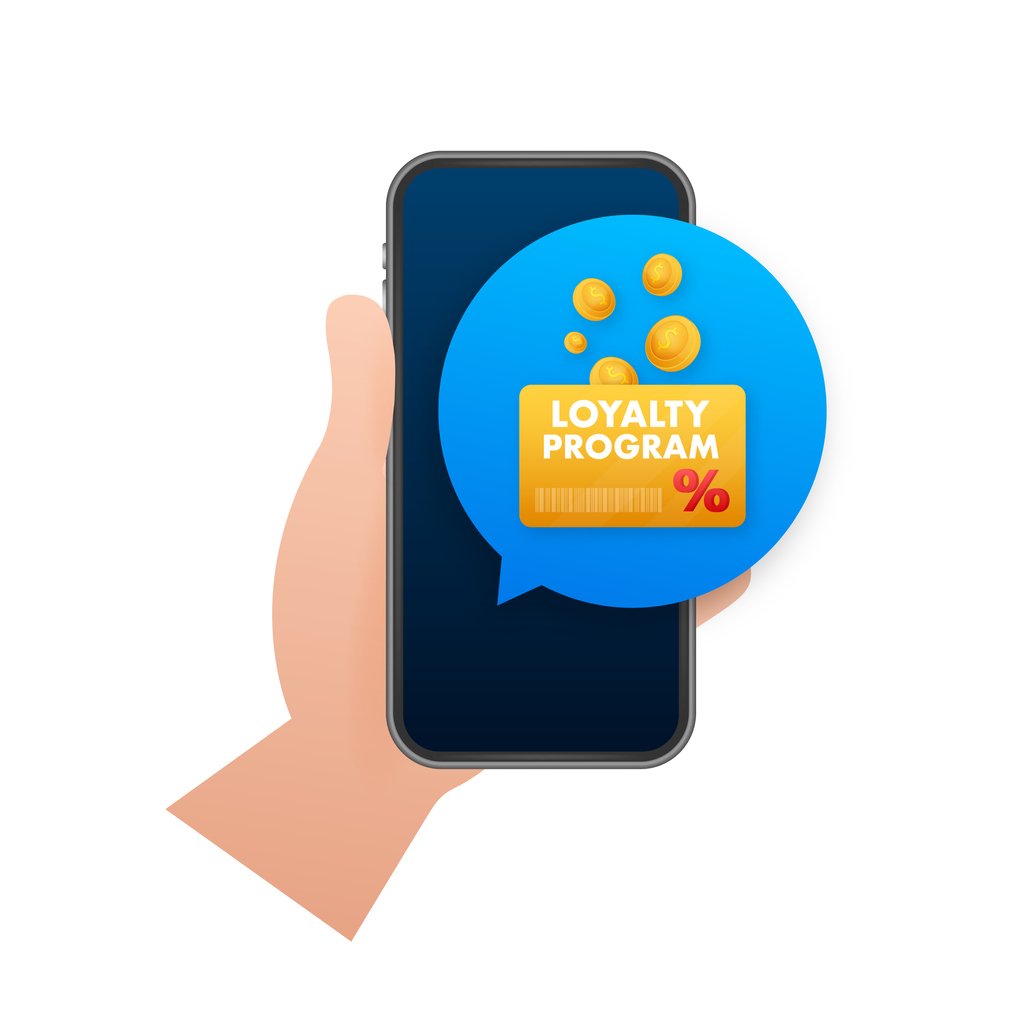
Barry Choi
April 10, 2023
Loyalty points are a great way to offset the cost of groceries, travel, merchandise and more. But every redemption is different, so you need to know the value of your points to ensure you’re maximizing your rewards. And if you find that confusing, well, you’re not alone.

iStock-1410509751
How to calculate the value of your points
With any redemption, you need to figure out the value of one point first. This is often referred to as cost per point or cent per point (CPP). With this number, you can quickly see how much value you’re getting. Fortunately, the formula is simple:
(Value of the redemption − surcharges) X 100 / points required = CPP
For example, a one-way flight from Toronto to Vancouver on Air Canada in August is currently priced at $318, or 14,500 Aeroplan points, plus $48 in taxes, fees and charges. Using this information, your formula would look like this:
($318 − $48) X 100 / 14,500 = 1.86 CPP
In this scenario, your points have a value of 1.86 cents each. However, Aeroplan gives you multiple redemption options for your points. The more points you use, the less you pay in surcharges. The other choices available for the flight are as follows:
- 8,700 Aeroplan points + $172
- 11,600 Aeroplan points + $110 (popular)
- 19,260 Aeroplan points (no surcharges, points only)
When you do the math, the other options are worth 1.68, 1.79 and 1.65 cents per point. The default option gives you the most value, but the popular option is not bad either. Going for a lower-value redemption can be handy if you’re looking to save your points or you lack enough points for a better value.
Calculating your CPP allows you to compare the value of any redemption.
Your CPP is key
While airline loyalty programs add surcharges, bank travel rewards programs don’t. That said, you’d use the same formula.
For example, with American Express Membership Rewards, you can use your points for various redemptions, such as
- 1,000 points = $10 in travel or a statement credit
- 13,000 points = $100 gift card (travel, restaurants, etc.)
With travel and statement credit redemptions, you’re getting a value of one CPP, but the gift card only has a value of .77 CPP. You can also use your points for merchandise, but those redemptions are typically worth even less than gift cards.
Someone who may not be familiar with CPP may think that redeeming their points for airline gift cards is a good idea. However, that’s a lower value compared with booking your travel on your own and then redeeming your points as a statement credit. In addition, American Express Membership Rewards allows you to transfer your points to Aeroplan at a 1:1 ratio, so you could get even more value out of your points, as seen in the example above.
Whether you’re looking to redeem your points for a car wash or a business-class flight, you need to calculate your CPP first. For anyone who collects travel rewards, using your points for travel will always give you the most value.
Other opportunities to increase the value of your points exist
With PC Optimum – the loyalty program of Loblaw-owned grocery stores, Shoppers Drug Mart and Esso/Mobil gas stations – you can easily get additional value out of your points if you wait for a bonus redemption event.
Normally, 10,000 PC Optimum points are worth $10. However, about four times a year, Shoppers Drug Mart holds a bonus redemption event where your points are worth more. A recent event offered the following:
- 50,000 points for $65 off ($15 extra)
- 100,000 points for $140 off ($40 extra)
- 200,000 points for $300 off ($100 extra)
That represents an increase in value of 30 per cent, 40 per cent and 50 per cent. Another PC Optimum trick is to redeem 10,000 points for any car wash at Esso. The most expensive car wash can cost as much as $18, so you’re getting an extra $8, or 80 per cent more, in value.
Occasionally, RBC Avion Rewards and American Express Membership Rewards will offer a bonus when transferring your points to some of their travel partners.
Pay attention to your earn rate
While maximizing your redemptions is essential, you also need to pay attention to how you’re earning points. Using a credit card that’s co-branded with your loyalty program of choice will always be the quickest way to earn points. That’s because they typically come with a welcome bonus, and you’ll earn points on almost every purchase.
That said, the earn rates on your cards aren’t always so straightforward. For example, the BMO eclipse Visa Infinite Card earns you the following:
- Five points per dollar spent on groceries, restaurants, gas and transit
- One point per dollar spent on all other purchases
While the earn rate is respectable, it takes 150 BMO Rewards points to redeem $1 in travel. That gives you a value of .67 CPP. There are credit cards with similar earn rates, but they come with a value of one CPP. That’s not to say BMO Rewards is a bad program. You just need to be aware of how your rewards programs work so you’re not shortchanging yourself.
Knowing how to calculate your CPP is essential, but it’s not always about maximizing your value. You want to focus on loyalty programs that line up with your spending and goals. Trying to maximize your Aeroplan points won’t matter if you normally fly WestJet. Alternatively, it doesn’t make much sense to carry an American Express credit card if most of the merchants you shop at don’t accept Amex.
This Globe and Mail article was legally licensed by AdvisorStream.
© Copyright 2024 The Globe and Mail Inc. All rights reserved.


